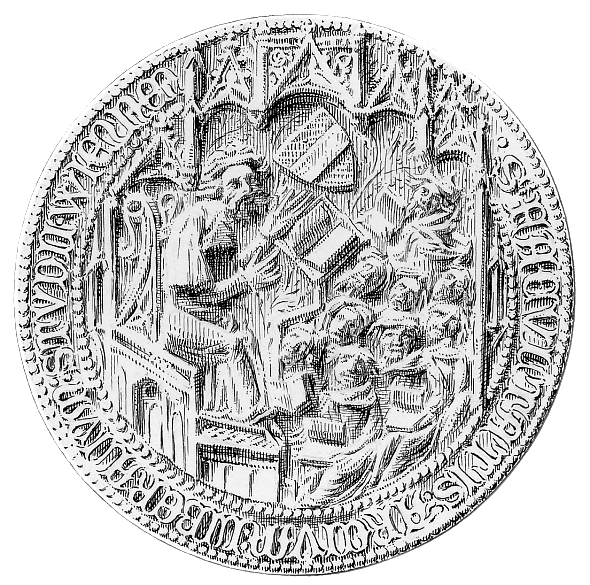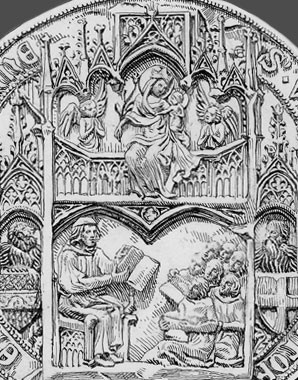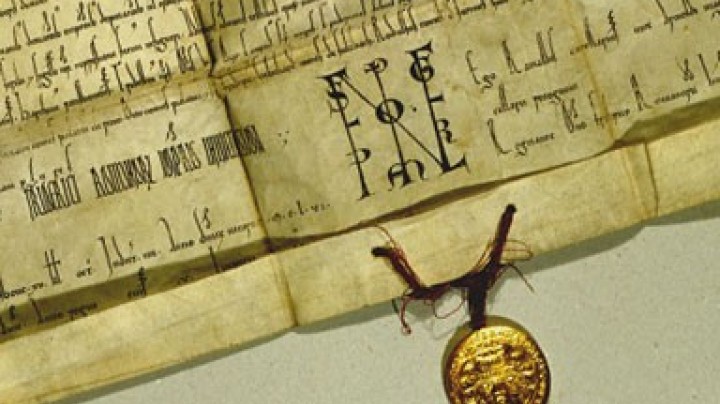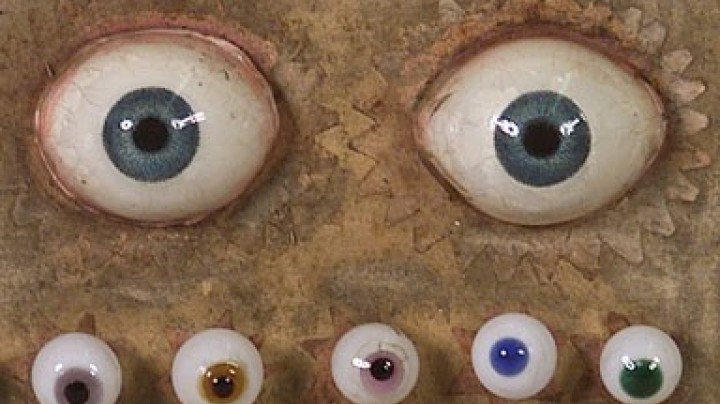Septem artes liberales: What was studied in the Middle Ages?
Like the Latin schools, the university initially offered a universal education. If students wanted to specialize they had to reckon with long years of study.
All students started by attending the arts faculty. As at Latin schools, the subjects taught were the septem artes liberales (the seven liberal arts): rhetoric, grammar, dialectics, arithmetic, geometry, astronomy and music.
Most students completed this course of studies, which was comparable to the standard of a modern-day academic secondary school. After two to three years they could obtain a first academic degree, the baccalaureus artium. Only when this first course of studies had been completed could students embark upon a study of law, medicine or theology and obtain a further baccalaureate, licentiate or doctorate. These courses of study took another five to seven years to complete. Continuing at the faculty of arts led to a licentiate or master’s degree in the liberal arts. Thus it was not unusual for students to study for up to fifteen years. There were also fees to be paid for receiving these degrees: around 1520 a simple ceremony for awarding a doctorate in law cost 50 gulden, while a more elaborate one cost 70 gulden. Most students left the university without obtaining a degree.
The medieval universities were primarily teaching institutions and did not engage in research. Knowledge was imparted through lectures. The university curriculum was based on texts by recognized authorities which were read out and commented upon at lectures. Debates on given subjects were intended to hone the students’ debating skills. There was no demand for independent academic production of texts, either from the students or their teachers.














